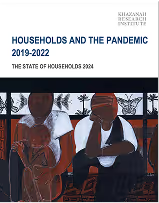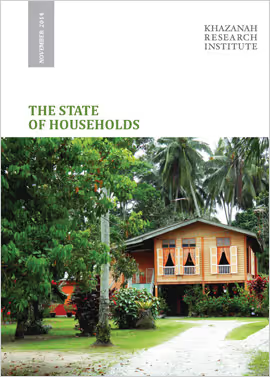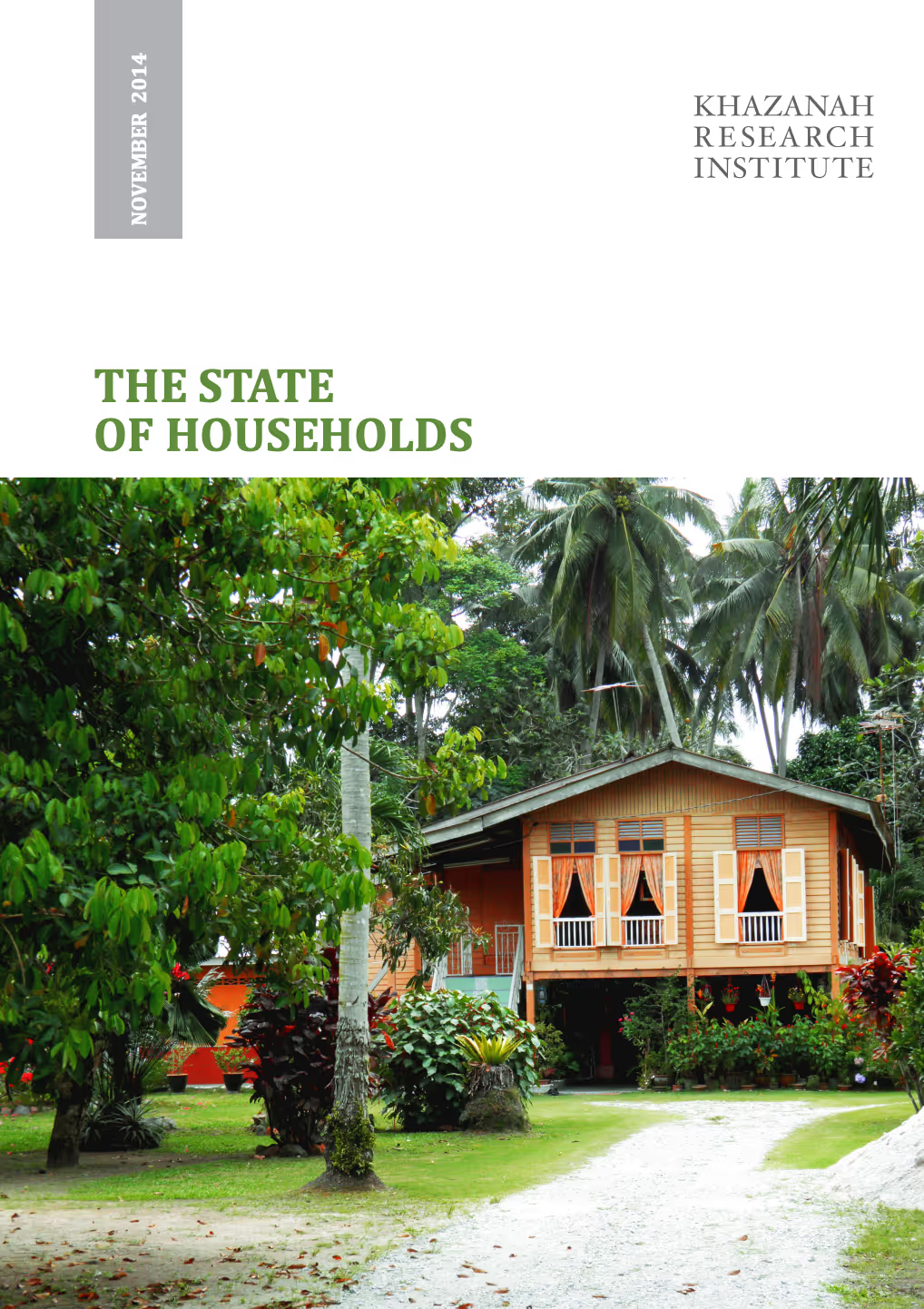
We examine:
The state of households
An understanding of Malaysian households is key to understanding the issues that we face as a nation. This report looks at:
- the disparity and distribution of household incomes
- household expenditure and the impact of rising food prices
- housing affordability and household debt
- subsidy reform and the use of cash transfers.
The Malaysian workforce
The income earners in most households are salaried workers and so this report sets out:
- the composition of our workforce and the wage structure
- the effect of migrant labour
- the education attainment and skills levels of our workforce.
Trade and investment policies
Raising household incomes among other things requires the appropriate trade and investment policies. This report looks at:
- trade and investment policies that could lead to higher wages and household incomes, as well as less inequality
- advantages of the Regional Comprehensive Economic Partnership (RCEP).
These are by no means the only pressing issues of our nation. For example, creating high-income jobs will also need innovation and entrepreneurship, which we do not address directly here.















